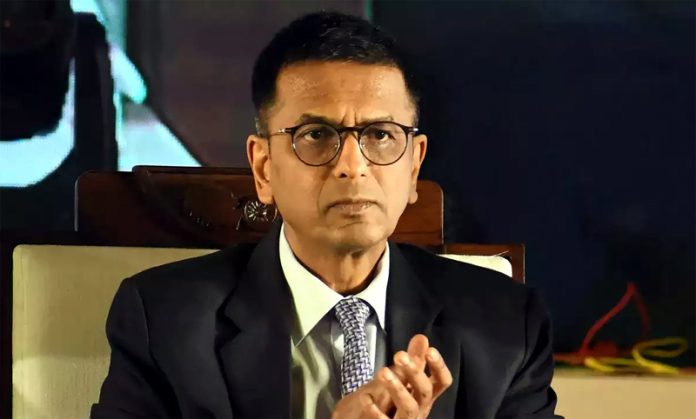NEW DELHI, Aug 1: The backwardness within the Scheduled Castes (SC) is a roadblock to achieving “substantive equality” and sub-classification is one of the means to realise it, the Supreme Court said on Thursday.
The remarks were made by Chief Justice D Y Chandrachud in his 140-page majority judgement by which the Supreme Court held that states are constitutionally empowered to make sub-classifications within the SCs for granting quota inside the quota as they form a socially heterogeneous class.
The CJI summarised the principles that underpin the objective and yardstick for identifying a beneficiary class under Articles 15(4) and 16(4) of the Constitution.
“The object of the special provisions in Articles 15(4) and 16(4) is to provide substantive equality to the beneficiary class. Inter-se backwardness within the class is a roadblock to achieving substantive equality. Sub-classification is one of the means to achieve substantive equality,” Justice Chandrachud said.
Sub-article 15(4) stipulates that nothing shall prevent the State from making any special provision for the advancement of any socially and educationally backward classes or for the Scheduled Castes and the Scheduled Tribes.
Sub-article 16(4) of the Constitution states that nothing shall prevent the State from making any provision for the reservation of appointments or posts in favour of any backward class of citizens, which in the opinion of the state, is not adequately represented in the services.
“The beneficiary class in Article 15(4) must be a socially and educationally backward class. ‘Socially and educationally backward’ are not mutually exclusive concepts. The phrase constitutes a constitutional recognition of the sociological reality that educational backwardness is caused by the social backwardness of the class,” he said.
“The beneficiary class in Article 16(4), similar to the class under Article 15(4), must predominantly be socially backward. The purpose of both the provisions is to ensure substantive equality of opportunity to the socially backward communities…,” he said.
The adequacy of representation must be determined based on the standard of effective representation and not numerical representation, he said.
The apex court analysed the judgements and other details to hold that SCs are a “heterogenous class” capable of being sub-classified.
“The Constitution does not provide a definition of the Scheduled Castes. Article 366(24) states that castes/groups notified under Article 341 shall be Scheduled Castes. However, neither Article 341 nor Article 366(24) prescribes the criteria for their identification….,” he said.
The heterogeneity is also evident from the Constitution (Scheduled Castes) Order 1950 where certain castes are notified as SCs in specific localities only.
“For example, in Madhya Pradesh, of the twenty-five castes, only nine are Scheduled Castes throughout the State. The criteria used to identify the Scheduled Castes itself indicates that the endeavor was not to include all castes that suffered from identical forms of untouchability. Thus, the Scheduled Castes are not a homogenous class,” Justice Chandrachud said. (PTI)
Trending Now
E-Paper


